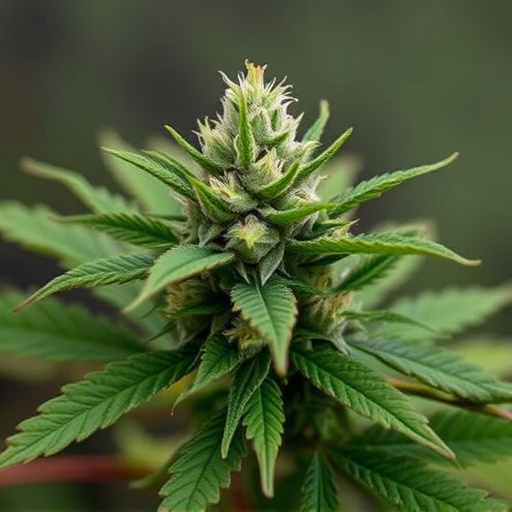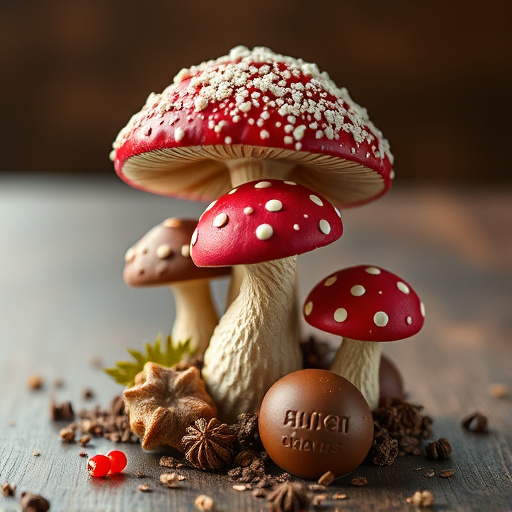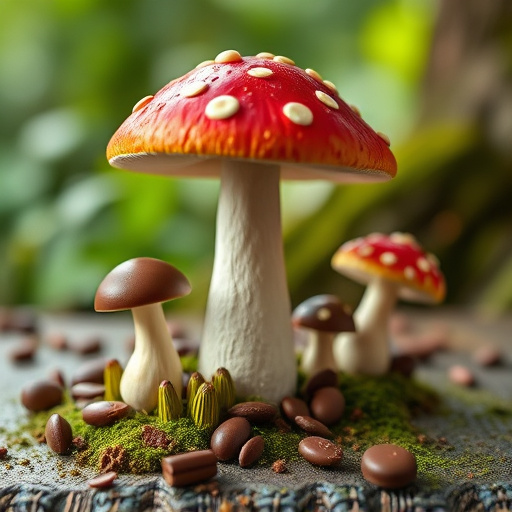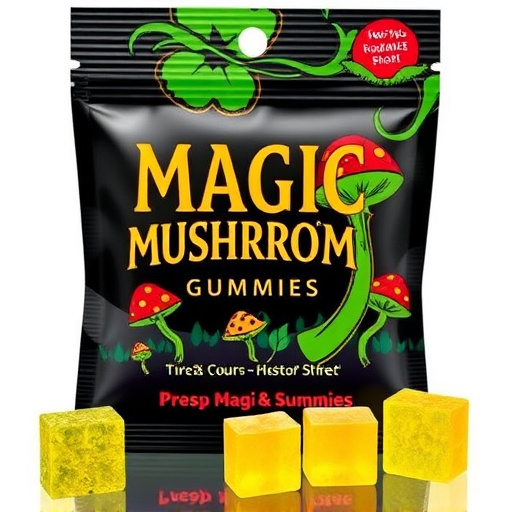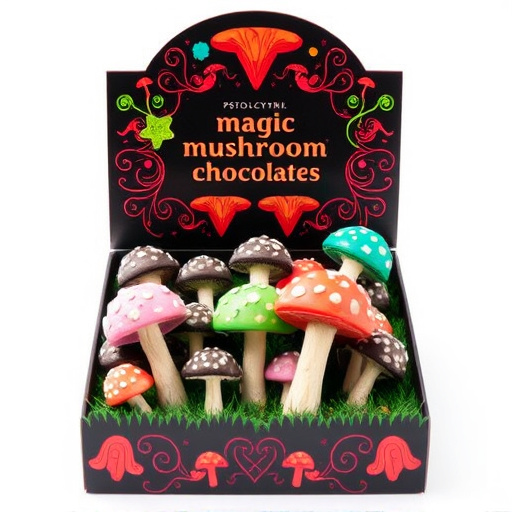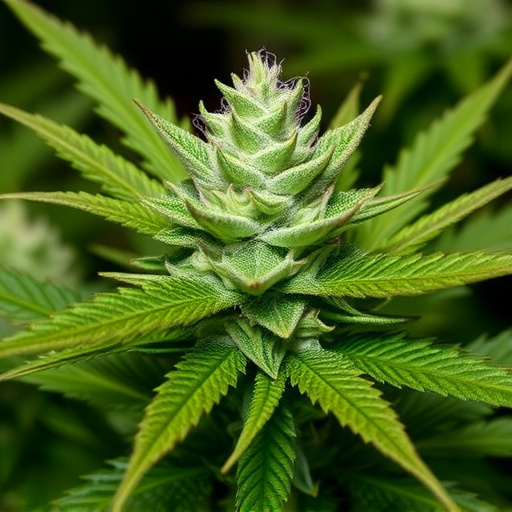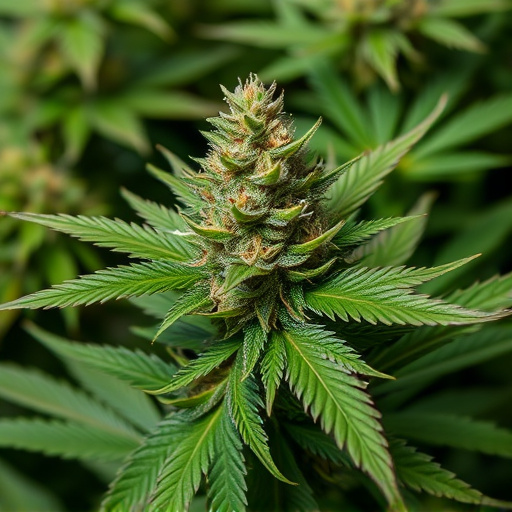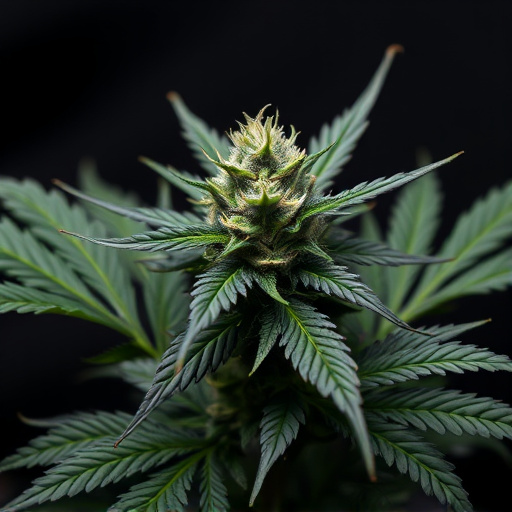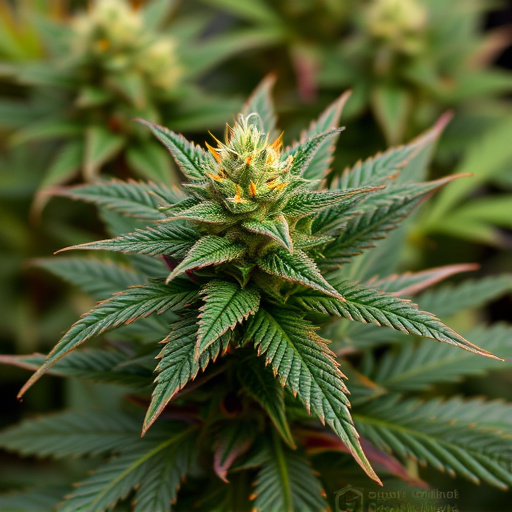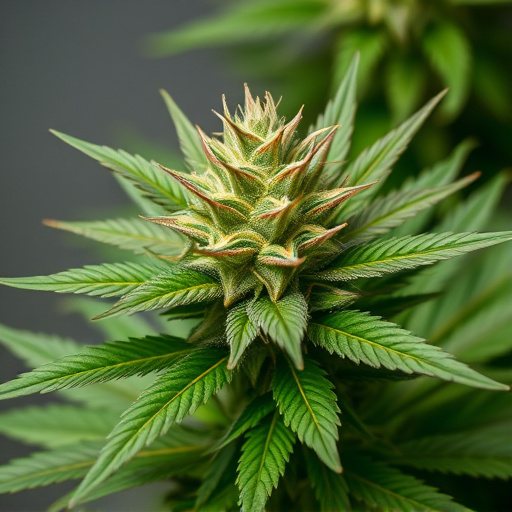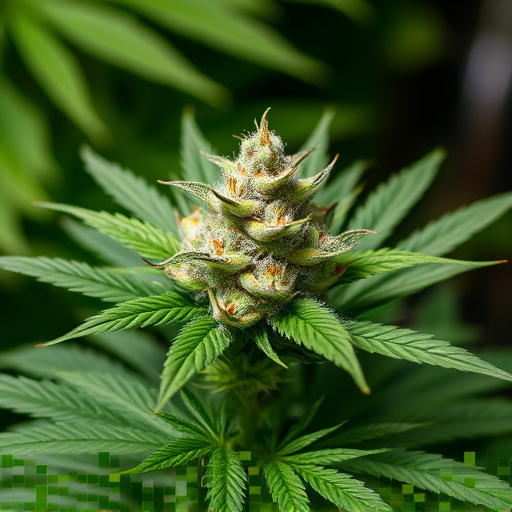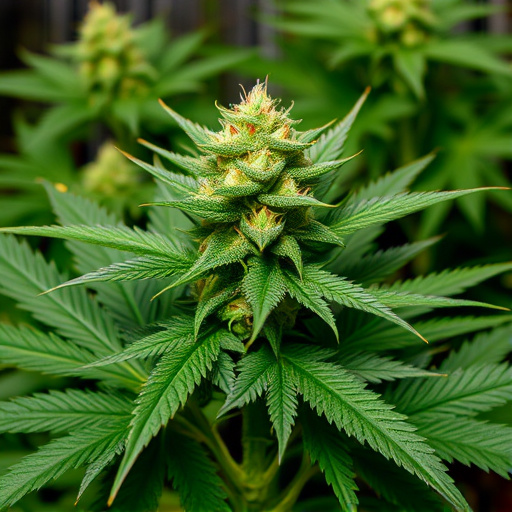Sun-grown cannabis offers genetic diversity and robust plants due to outdoor cross-pollination with wild relatives, enhancing terpene profiles and flavor. Indoor cultivation provides precise control over temperature, humidity, and lighting for optimal growth and high THC levels in good indica strains. Outdoor-grown indicas have dense, resinous buds with earthy aromas; indoor cultivation ensures consistent quality with potent effects and unique terpene profiles catering to diverse consumer preferences.
In the cannabis industry, understanding the nuances of sun-grown versus indoor cultivation is paramount for both farmers and consumers. This article delves into the pros and cons of these contrasting growing methods, offering insights that cater to enthusiasts seeking the best experience. From the outdoor advantages of sun-grown cannabis to the precision and control of indoor cultivation, each method presents unique benefits and challenges. Discover how specific factors influence the quality and characteristics of popular good indica strains, ultimately guiding informed decisions for cannabis aficionados.
- Sun-Grown Cannabis: The Outdoor Advantage
- Indoor Cannabis Cultivation: Controlled Growth and Precision
- Comparing Good Indica Strains: Which Is Better?
Sun-Grown Cannabis: The Outdoor Advantage
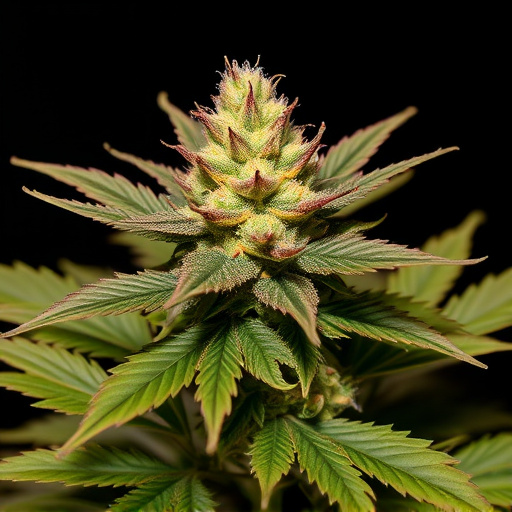
Sun-Grown cannabis, cultivated outdoors in natural sunlight, offers a unique set of advantages that many enthusiasts appreciate. One of its standout benefits is access to diverse genetic expressions. Cannabis plants, when grown in the open air, have more opportunities to cross-pollinate with wild relatives, leading to an array of new and interesting good indica strains. This outdoor environment also contributes to robust plant structures and often results in higher terpene profiles, enhancing the overall sensory experience for consumers.
Additionally, sun-grown cannabis benefits from a consistent natural light cycle, which aligns with the plant’s inherent physiological rhythms. This synchronization can result in better flavor development and potentially higher levels of certain cannabinoids, such as CBD. The outdoor setting further allows for more space between plants, promoting better air circulation and reducing the risk of pest and fungal infections, leading to healthier cannabis plants.
Indoor Cannabis Cultivation: Controlled Growth and Precision
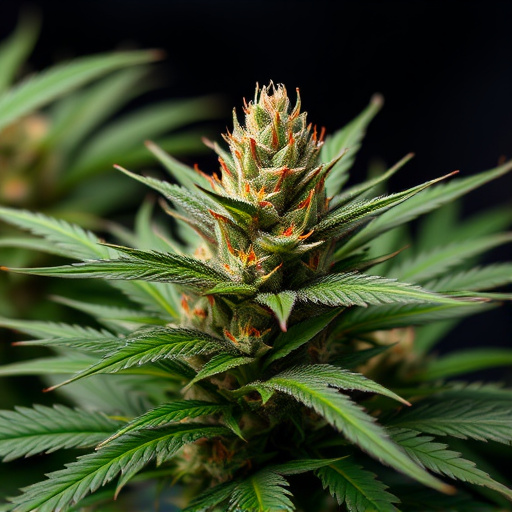
Indoor cannabis cultivation offers a highly controlled environment, allowing growers to precisely tailor every aspect of plant growth. This meticulous approach ensures optimal conditions for specific strains, particularly good indica varieties known for their relaxing and soothing effects. With precise temperature, humidity, and lighting regulation, indoor farms can create the perfect microclimate for cannabis plants at any stage of development.
Growers can manipulate environmental factors to encourage robust growth, enhanced terpene profiles, and elevated THC levels, resulting in premium-quality yields. This level of control is especially beneficial for cultivators aiming to produce top-tier good indica strains, catering to medical or recreational users seeking potent and therapeutic cannabis.
Comparing Good Indica Strains: Which Is Better?
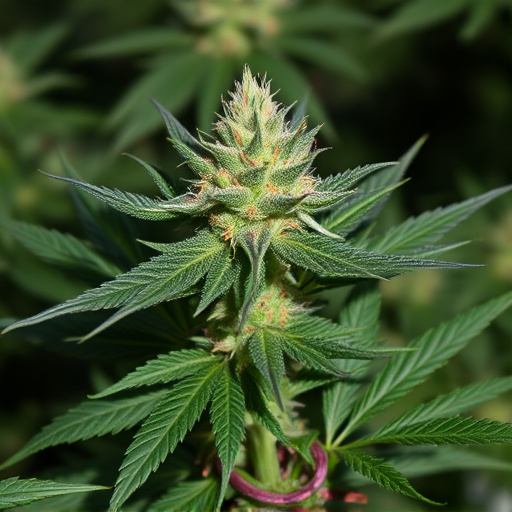
When comparing sun-grown versus indoor cannabis, understanding the nuances of different good indica strains can help cultivators and consumers make informed decisions. Sun-grown indicas often develop dense, resinous buds with a strong, earthy aroma due to their exposure to natural sunlight and outdoor environmental factors. These strains typically have higher levels of CBD and lower THC content, making them popular among users seeking medicinal benefits without intense psychoactive effects.
On the other hand, indoor-grown indicas offer consistent quality and can be meticulously controlled for optimal terpene profiles and cannabinoid concentrations. Growers can manipulate light cycles, temperature, humidity, and nutrient delivery to cultivate good indica strains with potent THC levels and unique flavor profiles. This control allows for the development of specific genetic traits, such as relaxed body high or cerebral effects, catering to diverse consumer preferences.
In the debate between sun-grown and indoor cannabis cultivation, both methods offer unique advantages. Sun-grown cannabis thrives in outdoor environments, benefiting from natural sunlight and fresh air, which can result in a more robust and flavorful final product. On the other hand, indoor cultivation provides precise control over environmental factors, allowing for consistent quality and year-round availability. When it comes to good indica strains, understanding these cultivation methods is key to sourcing the best, as each approach can enhance specific traits like relaxation, aroma, and potency. Ultimately, the choice between sun-grown and indoor cannabis depends on personal preference and access to resources, with both options contributing to the diverse and ever-evolving landscape of legal cannabis.

